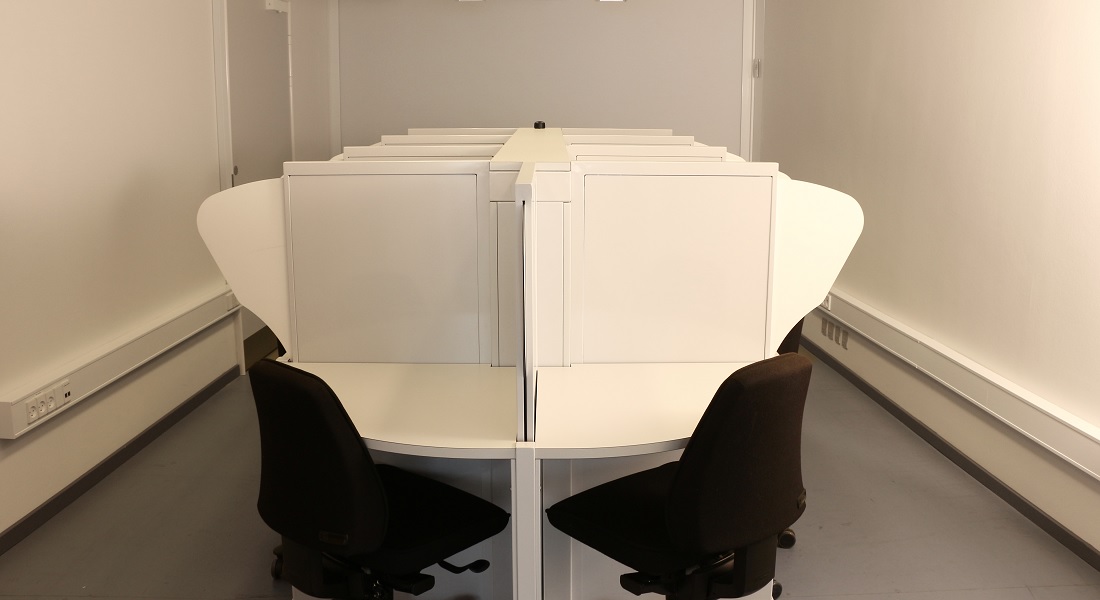Sensory Lab

Description
The laboratory utilises human test panels in the evaluation of sensory properties of foods and meals or for specific stimulus evaluations (e.g. thresholds for taste, odour and oral touch). The laboratory is designed according to ISO standards and has besides experience in running standard test protocols also the means of setting up tailor made sensory tests for specific research purposes. Besides sensory testing, the laboratory also runs consumer panels to assess how consumers experience food products (liking, emotions, etc.). In addition, we have expertise in recruiting consumers for specific ad hoc use. The laboratory designs experiments and carries out tests in relation to:
- Sensory product evaluation
- Sensory sensitivity testing
- Acceptance testing
- Focus groups
- Consumer survey studies
- Food intake evaluation
- Data management, analysis and reporting
Options and requirements for use
The lab can perform sensory, preference and acceptance tests with up to 20 panel members at a time. In the testing of different foods and ingredients, sensory/consumer panels within the relevant category or internal/external trained panels are used.
The lab has the following sensory/consumer panels:
- Sensory panels (internal/external trained panels; odour panel)
- Consumer product test panel
- Elderly panel
- Specialised panels (context studies, electrophysiology, etc.)
In order to gauge the scale of the test, you will usually be asked to provide the following information:
Description of the sensory test
- Who is in involved in the project
- The purpose of the project
- Time schedule
Specification area (and elaboration)
- Products
- Product procurement
- Serving considerations
- Data collection
- Respondents
- Respondents' time demands
- Respondent tasks
- Respondent incentives
- Ethics and GDPR considerations
- Data delivery
At the start of a collaboration on research with the University of Copenhagen, a cooperation agreement must be drawn up. There are different types of agreements depending on the nature of the cooperation. See more here: collaboration.ku.dk/cooperation-agreements/
Belinda Lange,
Lab coordinator
belinda@food.ku.dk
Wender Bredie
Professor
wb@food.ku.dk
Contact
 Belinda Lange,
Belinda Lange,
Lab coordinator,
Belinda@food.ku.dk
 Wender Bredie,
Wender Bredie,
Professor
wb@food.ku.dk
